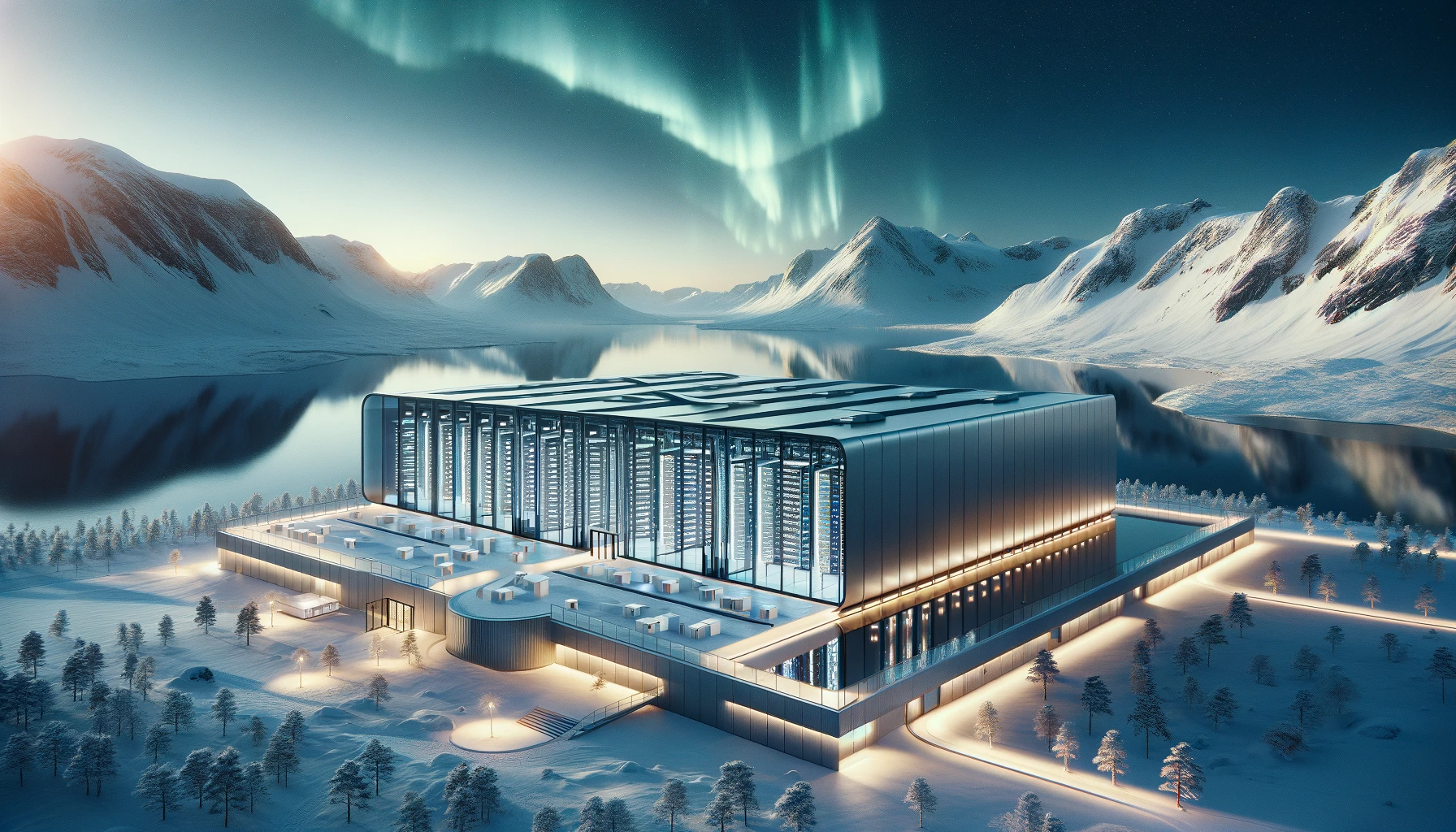OpenAI to Launch Massive AI Data Hub in Norway by 2026, Transforming European Tech Landscape

OpenAI's European Expansion: Massive AI Data Hub to Rise in Norway by 2026
OpenAI is set to establish a monumental AI data hub in northern Norway, marking its inaugural computing facility on European soil. This ambitious infrastructure project aims to deploy an astounding 100,000 advanced GPUs by the end of 2026, dramatically boosting computational capabilities for cutting-edge artificial intelligence applications.
The new site, located near Narvik, will initially provide a robust electrical capacity of 230 megawatts, with strategic plans to accommodate nearly triple that power through a future 290-megawatt expansion. This scale denotes one of the largest AI infrastructure undertakings in Europe, reflecting a clear commitment to scaling AI operations while adhering to stringent energy and environmental considerations.
Such growth represents a significant milestone, broadening the availability of powerful AI processing resources and addressing Europe’s evolving technological sovereignty requirements. It also signals a move towards more distributed global AI architecture, ensuring resilience and compliance with regional data regulations.
The Strategic Appeal of Norway’s Landscape for AI Infrastructure
Several decisive factors explain why this particular Nordic location was chosen for this major technological investment. Foremost is the availability of abundant hydroelectric generation, which provides electricity at competitive prices compared to many other regions. This access supports continuous, high-demand computing workloads without relying on fossil fuels.
Moreover, the temperate northern climate naturally reduces the ambient temperature, lessening the reliance on energy-intensive mechanical cooling systems often required in warmer areas. This climate advantage translates into lower operational costs and improved overall energy efficiency.
Complementing these conditions is the presence of an established industrial ecosystem capable of supporting complex infrastructure projects. The mature regional base includes skilled labor, logistical networks, and technological expertise necessary to construct and maintain such a large-scale facility efficiently.
Driving Sustainability Through Renewable Power and Heat Reuse
The facility is designed to run entirely on renewable electricity, aligning with global imperatives to reduce carbon footprints in data-intensive industries. Utilizing clean energy from hydro resources ensures that the considerable power demands will not exacerbate environmental degradation.
In addition to employing renewable power, the project integrates plans to capture and repurpose excess heat generated by the high-performance GPUs. Rather than dissipating this thermal energy into the atmosphere, the heat will fuel local low-emission enterprises and activities. This innovative approach transforms what is ordinarily waste energy into a valuable resource, supporting regional efforts to minimize carbon emissions.
The specific technologies and frameworks to implement this heat recovery remain to be fully detailed, but their inclusion highlights a forward-thinking approach to green data center design. Such practices not only mitigate environmental impact but also set a precedent for responsible energy use in the expanding AI infrastructure sector.
Implications for the AI Ecosystem and Regional Development
This investment is poised to elevate the computational landscape across Europe by providing AI developers and organizations closer access to vast processing power integrated within a sustainable energy framework. It fosters an environment conducive to innovation while addressing increasing demands for environmentally conscious digital infrastructure.
Furthermore, by embedding the data center within a locale rich in renewable resources and industrial capability, the project contributes to regional economic growth. The infusion of capital, jobs, and technology transfer enhances local communities and supports a green economy transition.
As AI technologies become ever more ambitious in complexity and scale, infrastructural advances like this are pivotal. They facilitate training larger models with unprecedented efficiency while ensuring geographical diversification and sustainability—core factors shaping the future of AI development globally.
